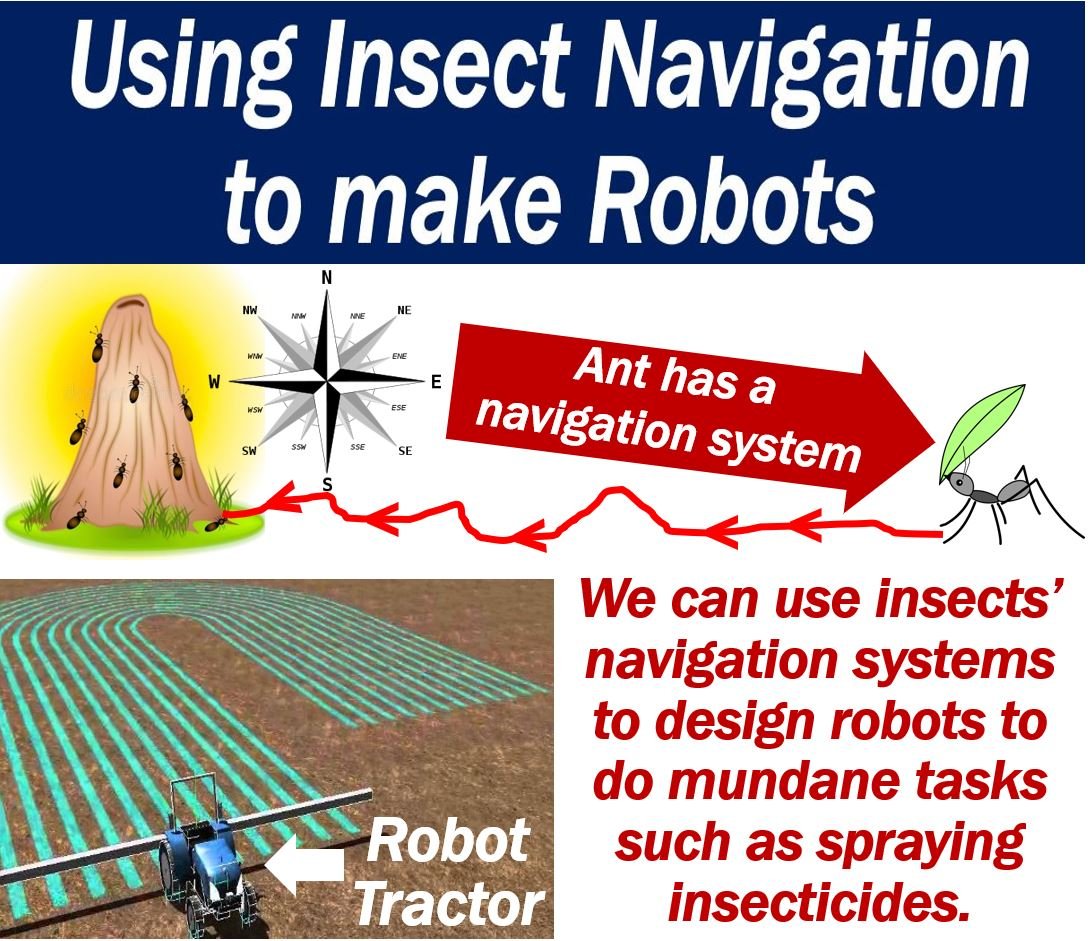Engineers are designing robots that mimic insect navigation behaviors. Insects can navigate extremely well, even though they have tiny brains. Scientists from the University of Edinburgh are showcasing their research at an international conference.
They are presenting their work and findings at the FENS Forum of Neuroscience in Berlin.
The scientists built computer algorithms to understand how insect neural circuits work. They then created robots to mimic how these circuits function.
They say that their study and findings on insect navigation could help develop certain types of robots. Specifically, robots that do mundane things such as clear litter or spray crops.
When we talk about getting robots to perform mundane tasks, we use the term ‘automation.’

Insect navigation – mobile phones
The scientists have created a robot which is, in fact, a mobile phone on wheels. Using an inbuilt compass and camera, they can run programs in the insect’s natural environment.
By doing this, the researchers can observe closely how the machine copies insect navigation behavior.
This robot can record insect-eye observations through a field of vegetation. It subsequently uses its memory of these observations to follow the same route on its next trip.

Copying insect navigation features
By copying insect navigation features, the scientists hope to improve the control of robots for simple tasks. They also believe that their findings can make robots simpler, cheaper, and more robust.
Using insect navigation features, a group of insect-robots could gather litter. They could then bring it to a single location. They could do this in the same way ants bring food to their nest.
Using insect navigation, robots could also, for example, move around a field of crops spraying pesticides or dispensing fertilizer.
Barbara Web, Personal Chair in Robotics at the School of Informatics at the University of Edinburgh, said:
“Insects have tiny brains, but they navigate extremely well. It is difficult to measure neural activity in an insect flying or running around its natural environment. Building robot models helps us bridge the gap between brain and behavior.”
